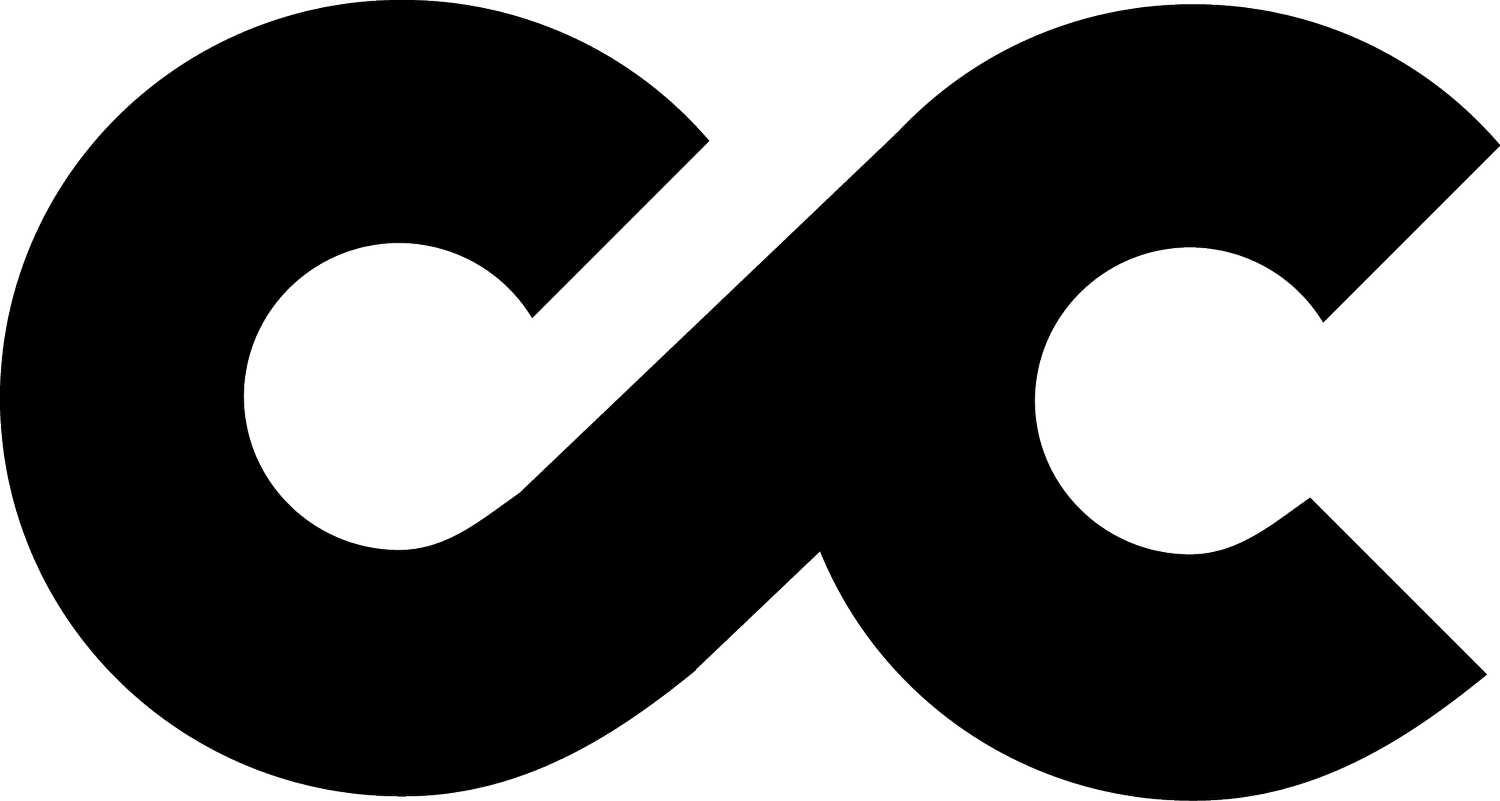How to create an email marketing campaign that actually works
Let’s start by going back to basics; what is a newsletter?
A newsletter is an email that offers subscribers a lost of your most interesting content, announcements, sales and promotions. It can be used for a variety of uses; getting people to enter your latest competition, driving website traffic or footfall or pushing traffic through to your social media channels.
Email newsletters are one of the most common types of emails to send but they are equally some of the hardest to get just right.
We’ll outline below the top ways to ace your next email marketing project with some great newsletter examples at the end to show you exactly what we mean.
Step one: work out what sort of newsletter you want to send
Don’t clutter your newsletter with too many different elements. If you’re writing about your latest blog content don’t start including loads of information on your latest sale and industry news. Similarly, if you’re writing to promote your latest sale don’t clutter your newsletter with all your latest blog posts.
You need one common theme to hold your newsletter together.
The best way to do this you ask? Stick to one common theme throughout your letter.
A great example of a “topic-based” newsletter is BuzzFeed’s “This Week in Cats” newsletter. We know BuzzFeed write about every topic ever but for this specific newsletter they focused the content purely around cats. By aligning articles within one specific interest or niche they will generally perform much better on engagement an click through metrics.
And we’re back talking about the 80/20 rule …
If you’ve followed me for any length of time you’ve probably already heard me talking about the 80/20 rule and it’s role in your social media posting. This rule is also applicable to your email marketing campaigns.
Just as with your social media, your newsletter subscribers don’t want to hear about your products or services 100% of the time. If all you ever do is bombard your customers with “buy buy buy” emails and social media posts they will become uninterested and disengaged.
People prefer educational content. They like articles and useful information. For example, if you’re a shoe retailer you might want to write a guide on how to paid different shoe styles with different outfits. This is much more engaging than just sending out an email campaign with some images of your products and telling people they should buy them.
So what does this have to do with the 80/20 rule directly? Well 80% of your newsletter content should be educational and informative and the other 20% you can spare for self promotion like products you want to push or items that you have on sale.
Be clear about expectations when people subscribe to you
As a consumer, there is nothing worse than signing up to receive a company newsletter thinking you will receive just a couple of emails per month only to be bombarded with 5 emails a day from the minute you click that “Subscribe” button.
Be specific and tell customers exactly what they’re singing up to on the signup page of your website. You can even give potential new subscribers a preview link to an example email campaign to give them an idea of what sort of email content they should expect to receive.
You’ll also benefit from this by lessening your unsubscribe and spam rates as well.
Don’t become boring by using the same subject line every time …
Increasing open and CTR rates for email campaigns can be tough but is also often at the forefront of email goals. Some marketers will try to increase familiarity by keeping the subject line of their email campaign the same each time but this can be detrimental. It means there is no incentive for the subscriber to open the email at that moment in time - it’s not engaging. To be frank, it’s plain boring.
Try to get creative and think up engaging subject lines that will make your subscribers want to open your emails. One company who does this really well is Thrillist. Here’s some examples (image from HubSpot):
Keep copy concise
Try saying that over and over again. Linking back to our first point about email clutter - you also want to keep the copy and images concise. No one is going to read an essay in an email campaign. Keep sentences short and to the point. Don’t overfill your campaign with unnecessary text and images. If you’re promoting content, a short sentence or content preview will be enough. If you’re promoting a product or service, just one or two lines about the item is fine. The people that are interested will click through.
Make it simple for people to unsubscribe
A simple button at the bottom of your email campaign could save your ass from new GDPR regulations but it’s also helpful to ensure your email isn’t marked as spam!
Add contact information and social links to the bottom of your email
Finally you want to add in your contact information and social media links to the bottom of your email. Make it easy for people to get in touch with you if they feel they need to or if they have questions about the content of your email campaign. By adding social media links you’re also opening up the possibility to gaining new social follows that aren’t currently backing you on social media!
If you want to start an email campaign but don’t know how, contact us today.

